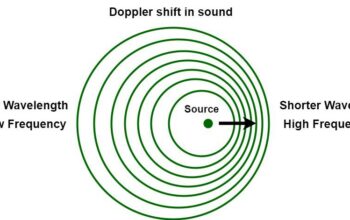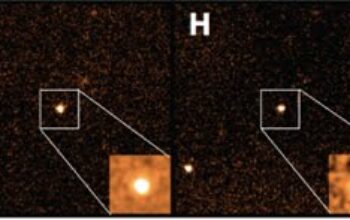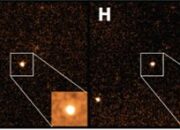Quantum computing has emerged as a transformative technology with the potential to solve complex problems that are intractable for classical computers. One of the more intriguing questions that arise within the realm of theoretical computer science and mathematics is whether a quantum computer could calculate the value of Rayo(999). This intriguing inquiry involves a confluence of concepts, including computability, large numbers, and the capabilities of quantum systems.
To begin dissecting the question, it is essential to understand what Rayo(999) represents. Named after the mathematician José Carlos Santos Rayo, this function, known as the “Rayo function,” was designed to define extremely large numbers using a particular notation. Rayo(n) generates a number that is effectively “larger” than any number that can be expressed with a finite number of symbols in the language of set theory or a computable function. The function grows dramatically with increasing values of n, rendering Rayo(999) incomprehensibly vast.
To appreciate the implications of calculating Rayo(999), one must delve into the concept of large numbers. The classic framework of mathematical infinity includes well-known numbers such as Graham’s number and various forms of fast-growing sequences. However, Rayo(999) stands apart in its capacity for rapid growth, as it is defined by the context of its creation rather than merely enumerative techniques. Thus, it poses significant challenges for both classical and quantum computation.
Classical computers are rooted in binary logic and operate under established algorithms, which delineate a clear computational pathway. Nevertheless, they grapple with exceedingly large numbers, often resorting to abstract representations or approximations. Notably, traditional computational models, including those based on Turing machines, struggle with the computability of functions designed to transcend standard numerical hierarchies.
Quantum computers, in contrast, utilize the principles of quantum mechanics, specifically superposition and entanglement. These properties allow quantum systems to explore a multitude of states simultaneously, presenting a robust framework for certain computations. Quantum mechanics posits that particles can exist in multiple states at once, leading to parallel processing capabilities that could, in theory, tackle vastly complex computations more efficiently than classical counterparts. However, the application of quantum computing extends only to problems characterized as “quantum-friendly.”
This leads to the crux of the inquiry: can a quantum computer calculate Rayo(999)? The ramifications of this question touch on several critical avenues:
- Computational Limitations: For any computer, quantum or classical, the concept of “computability” restricts the processes it can feasibly perform. Rayo(999) is defined in a manner that transcends conventional computation, raising questions regarding whether it can be reduced to a sequence of operations that a quantum computer can navigate.
- Quantum Algorithms: Algorithms like Shor’s and Grover’s showcase the potential advantages of quantum systems for factoring and searching algorithms. However, these algorithms do not directly apply to calculating non-standard large numbers like Rayo(999). Hence, the sheer structure of Rayo(999) may withhold any systematic approach by existing quantum algorithms.
- Complexity Theory: To evaluate Rayo(999) within the framework of computational complexity theory is paramount. The overarching classification of problems—P, NP, PSPACE, and others—provides insights into whether Rayo(999) resides within a tractable domain. A quantum computer’s efficacy may peak when dealing with problems in NP, provided efficient quantum algorithms are available. However, Rayo(999) suggests a leap into classes that defy classification.
Moreover, the philosophical aspects of computation emerge as significant. Mathematical constructs like Rayo(999) challenge foundational notions of what it means to “calculate” a number. When considering existential questions surrounding large numbers, one must ponder whether absolute quantification is necessary or if comprehension of the magnitude suffices. Quantum computers are engineered for rigorous calculability, which may not align with the ethereal nature of functions such as Rayo.
Additionally, one must take into account the experimental limitations of current quantum technology. While advancements in quantum circuits, qubits, and coherence times have rendered substantial progress, the architecture of contemporary quantum computers functions best under specific constraints. Many existing quantum processors lack the reliability and scalability required to manage calculations of such astronomical size.
In conclusion, the endeavor to ascertain whether a quantum computer can calculate Rayo(999) encapsulates a blend of deep mathematical inquiry and the frontiers of quantum theory. Given the defining characteristics of the Rayo function and the inherent limitations of both classical and quantum computing, the alignment of capability and conceptualization remains tenuous at best. The far-reaching implications of this inquiry extend into the realms of philosophy, mathematics, and the foundational understanding of computational limits.
Ultimately, whether Rayo(999) can ever be computed remains an open-ended question reflective of broader themes in mathematics and theory. As quantum computing technology continues to evolve, the nature of such inquiries may beckon further exploration, potentially informing both computational theory and our understanding of infinity and large numbers.










